daktarin cream for nipple thrush
 Daktarin for Nipple Thrush? - January 2015 - BabyCenter Australia
Daktarin for Nipple Thrush? - January 2015 - BabyCenter AustraliaCepillo and breastfeeding Thrush is a fungal infection caused by overcrowding of organisms similar to yeast called Candida albicans or 'candida'. These organisms like heat and humidity and are normal inhabitants of the skin, mouth, intestine, and vagina. Certain conditions encourage them to multiply excessively and this can cause a candida infection, with possible symptoms of pain, itching, or other irritation. A breastfeeding mother with a nipple infection, areola and/or breast can experience pain in these areas both during and among food. If a baby's mouth is infected, it can be pained, which makes it fuse during food. Women describe the pain of the spine as severe, even unbearable. They fear food, even if they want to take care of their babies, and they have real concerns about how they will continue to breastfeed. Without adequate help and support, many mothers leave breastfeeding before being ready. The good news is that proper treatment can protect the mother and baby from stopping breastfeeding before they are ready. Signs and Symptoms Brush symptoms in a baby Your baby may have one or more of the following symptoms: Symptoms of a brush in a mother Having two or more of these symptoms makes the brush more likely to be involved, especially if these include shiny or agitated skin: Thrush is also associated with the damage of the previous nipple that had been cured. Pepper spike or burning pain are probably the most common symptoms of the cheekbone. Your nipples and areola may also look pale. Pain persists throughout the food, as well as between them and usually occurs in both breasts even if it begins in one. Breast pain is less likely to indicate a spiny infection. Therefore, although pain can be the only symptom of a brush infection, it is important to exclude other causes. The nipple brush is more likely when: Thrush is also associated with: Research on the brush and its treatmentResearchers have conflicting views on the diagnosis and treatment of the brush. This is not helped by the fact that the brush may be associated with bacterial infection. It has been suggested that the brush cannot be extended in dairy ducts. However, some practitioners believe that the brush can enter the milk ducts by tracking the skin of the nipple, causing stabbing pains on the front of the breast. Remove Other Possibility Try to adjust your nursing position and close your baby before assuming that pain is due to a brush. This is especially important if:A LLL Leader can help with this. The sudden start of pain after a comfortable breastfeeding period may suggest a brush infection. Visiting your PG for a diagnosis is important as other skin diseases, including eczema, dermatitis, psoriasis, impetigo, herpes and bacterial infection may have symptoms similar to the stumper. A mother may also experience breast pain for other reasons, for example, engorgement, blocked ducts, mastitis, circulatory problems (Raynaud syndrome) or if her baby is incorrectly sucking. TreatmentSource: U.S. breastfeeding CommitteeWith proper treatment, many women and babies outweigh the spine and continue their nursing relationship. There are practical and effective steps you can take to fight the brush along with any medication you use. Thrush spreads easily and linger spores into anything that touches ready to infect the following contact. Therefore, a quadriplicable approach to treatment may be needed: HigieneDiet When fighting any infection, eating a balanced diet and drinking enough water is a good idea. Limit sugar and other refined carbohydrates as the symptoms of the brush seem to get worse. This can be a challenge as those who have a brush often yearn for these foods. Many processed foods contain refined carbohydrates, so carefully read food labels. Please note that fruits and juices contain sugar in the form of fruit sugar. Some mothers have found that particular foods exacerbate their stalk and decide to limit them. These may include yeast foods (such as bread, alcohol and mushrooms), dairy products or artificial sweeteners. If you decide to make major changes in your diet, you may find it helpful to consult a dietitian. Avoid giving your baby child formula Research has shown that bottle-fed babies are more likely to develop the brush.2 Although yeasts can grow in breast milk, their breast milk contains substances that help limit stem growth. The formula, on the other hand, has high levels of added iron, which can encourage the growth of yeasts. Avoid storing the milk expressed when you and your baby have a brush infection. Freezing does not kill yeast cells so it is possible to re-infect your baby with the brush in the stored milk. Complementary supplements and therapies Thrush is more common in mothers who are under or under stress. Sweetened and processed foods are low in nutrients. So try to eat a varied diet of foods rich in vitamins and minerals instead. Although there is a lack of scientific evidence, some mothers decide to test the following medications along with the prescribed ones: Altering relative acidity (pH) of the nipple skin can reduce itching. Rinse your nipples with: Nutritional supplement Dosage Lactobacillus acidophilus tablets Follow the dose in the package until you are free of symptoms for 2 weeks Grape seed extract 250mg daily or 5 – 15 drops in water 150 ml 2 - 5 times a day triple strength deodorized tablets garlic3, 3 times a day Zinc or gluconate acetate of zinc45 mg per day B vitamins100 mg of each day (nutrient yeast food) Brush medicines Prescribed drugsCertain candida strains can be resistant to common-use medications, so it is important to be sure that you definitely have a brush before using any medication. If your GP suspects that the brush will select a suitable treatment option for you and your baby. It is important to continue breastfeeding during treatment, so ask your doctor about painkillers to use along with treatment if the pain is severe. Complete the course of the medication Even if symptoms improve before, certain medicines need to be used for a certain period of time to clean the infection. Follow the guidelines provided with the specific medication or ask your doctor or pharmacist for more detailed guidance. Treating both the mother and the babyThrush is easily spread, so both you and your baby need simultaneous treatment to avoid reinfecting one another – even if one of you is free of symptoms. Research has shown that mothers often test positive for the brush before symptoms appear. Topical Medicines for Mother By deciding whether to use drugs you will want to weigh the potential benefit against possible side effects. Treatment will depend on whether there is any inflammation or associated bacterial infection. You can discuss this with your GP and medical care team. You may find it helpful to share this page with your doctor. Doctors may prescribe one of the following creams or ointments when the brush is diagnosed. See Apply creams or ointments for information on application and oral treatment. NameBrandNotes NYSTATINNystatinSome stem strains are becoming nistatin resistant. Use for at least 14 days. CLOTRIMAZOLECanestanContact dermatitis shell. Chlotrimazol is less effective for topic breast infections than miconazole MICONAZOLEDaktarin KETOCONAZOLENizoral NYSTATIN Tri-adcortyl Contains a corticosteroid. Occasionally used for persistent triamcinolone Tri-adcortyl Contains a corticosteroid. It is occasionally used for persistent with eczema triamcinolone inflammation associated with a spine infection. Ask your doctor about safe use while breastfeeding. Baby medicationsBrush treatments in the baby's mouth are in the form of liquids or gels. To work effectively, they need to be applied to all corners and nannies in a baby's mouth as indicated by your doctor or pharmacist. Always wash your hands before and after the app.• MICONAZOLE (Daktarin Gel) is recommended as first-line treatment for children under two years of age.7 Due to the risk of asphyxiation, manufacturers recommend that it is not used for infants under 4 months of age and is used only with care of 4 to 6 months. Divide each dose before applying and keeping away from your baby's throat to avoid drowning. If applied with a finger, keep your nails short.• NYSTATIN (Nystan) oral suspension is recommended as the second treatment line where miconazole is ineffective or causes side effects. The easiest way to apply is to pour the right dose over a measuring spoon and apply with a dropper or swab. Descarte el hisopo después del uso. If the drip has been in contact with your baby's mouth, sterile it before replacing it in the bottle. Some stem strains are becoming nistatin resistant. Note: The oral gel applied to your chest is unlikely to be effective; it has not been formulated for this use in this way, so you will not have effective topic properties. Applying ointments or creams Unless your doctor says otherwise, creams (usually water-soluble) or ointments (usually oily) should be applied after food several times a day during the recommended period and until you have been free of symptoms for at least two days. Be careful to wash your hands before and after the app. Clean any excess cream or ointment before taking care of your baby. A water-soluble cream is more likely to have been absorbed by the skin. A oily ointment is best avoided as it may need removal with warm water and mild soap. Vigorous washing can cause more pain.• Since you are going to be feeding your baby more often than the medication is applied, ask your doctor how often and how much to apply. • It may be helpful to use the cream after your baby nurses sleep, especially if you are likely to sleep for a while. • Resistant yeasts can be replicated every 30 minutes, so if the brush is persistent, ask your doctor about applying the previous medications in smaller and more frequent doses while using the same amount in 24 hours. • Note that symptoms can get worse as the brush starts to die, before you notice any improvement. • Always try a topical medication yourself as your baby will taste it. Some medicines used for foot athletes (e.g. Timodine) are fertile and should be avoided at all costs! Oral Treatments Oral fluconazole (Diflucan) is usually used only when there is a definite diagnosis of the tube and topical treatments have been ineffective. A load dose of 150–200 mg is required followed by 100 mg daily for up to 2 weeks. If things don't improve within this time, seek help for other causes. Although it is authorized to be given to babies in neonatal units, fluconazole is not authorized in the United Kingdom to be used by nursing mothers of infants under 6 months. It is only available for younger baby mothers at GP's discretion. When treatment does not work as expected Sometimes it may take time to find effective treatment for your infection. If symptoms do not improve or worsen: • Check out other sources of pain. A LLL Leader will be able to share information about other possible causes of nipple and breast pain. • Check for possible reinfection sources, especially if symptoms improve at the beginning of treatment. Dealing with any other family candidacy infection can help. • Consider whether it is necessary to change diet and hygiene. Tell your doctor if the treatment was not effective or improved only slightly: • Another cream or ointment can be more effective if the diagnosis for the brush is safe. • You and your doctor may need to investigate other possible causes of skin pain and changes. • Other family members who have a candidacy infection may need treatment. In particular, if you have a vaginal brush, your partner may need treatment too. If you are considering changing treatments, try the new preparation on one side, while continuing on the other chest with the original treatment. You have two breasts so that the use of them to experiment with treatments can help! Removing the brush It can take a little time and persistence to deal with a pertula infection and enjoy comfortable food once again. Sometimes you need a little effort to find the right medicine for your brush. Many mothers have found diet, hygiene, supplements and alternative therapies along with any medication can make a big difference and help prevent the return of the brush. Written by Sue Upstone and mothers of LLLGBFurther Reading . LLLI. London: Pinter & Martin, 2010. References 1. Francis-Morrill, J. Diagnosis of signs and symptoms of breast candidasis among breastfeeding women. J Hum Lact 2004; 20 (3): 288-94. 2. da Costa Zöllner, MSA et al. Candida spp. occurs in the oral cavities of nursing infants and in the mouths and breasts of their mothers. Pesqui Odontol Bras 2003;17(2): 151-5. 3. Francis Morrill, J et al. Risk factors for breast candidasis among breastfeeding women. JOGNN 2005; 34: 37-45. 4. Francis Morrill, J et al. Detect Candida albicans in human milk. J Clin Microbiol 2003; 41(1): 475-478. 5. Wiener, S. Diagnosis and management of Candida of nipple and breast. J Midwifery Womens Health 2006; 51(2):125-8. 6. Chetwynd, EM et al. Fluconazole for candidal postpartum mastitis and children's brush. J Hum Lact 2002; 18(2): 168-71. 7. 8. Brent, NB. Brush in breastfeeding dyad: results of a survey on diagnosis and treatment. Clin Pediatrics 2001; 40(9): 503-6. 9. Mohrbacher, N. Amarillo, Tx: Hale Publishing, 2010. 10. *Medications and breast milk. Hale, TW. TX: Hale publishing, 2010 11. Moorhead, AM et al. A prospective study of fluconazole treatment for breast and nipple. Breastfeeding Review 2011; 19(3): 25–29. in printed form from the LLLGB shopNote: Information is provided only for educational purposes. If you are concerned about your health, or your child's health, consult your healthcare provider about the convenience of any opinion or recommendation regarding your individual situation. Copyright LLLGB 2016Filed Under: , Tagged with: , , , , , , , , , , , , , , , La Leche League GB is a company limited by guarantee and registered in EnglandRecorded office: 18 St Christopher's Way, Pride Park, Derby, DE24 8JYCompany number: 01566925 Charity number: 283771 (England and Wales) SC050396 (Scotland)Staff Direction: PO Box 29, W Bridgford, Nottingham NG2 7NP This website and its content are copyrighted by LLLGB © 2021 . The images and contents written on this website cannot be used or reproduced in any way without our express permission. All rights reserved. Ø Site

Daktarin Cream 2% Cream (30g Tube) | PharmacyKwik

Buy Daktarin 2% Cream - Antifungal Treatment
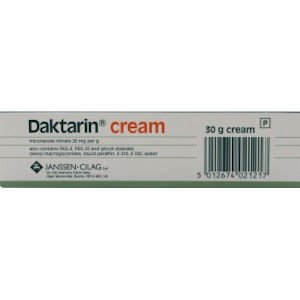
Daktarin Cream 2% 30g

Nipple/baby thrush - August 2015 - BabyCenter Australia

Daktarin 2% Antifungal Cream 30g | Inish Pharmacy | Ireland
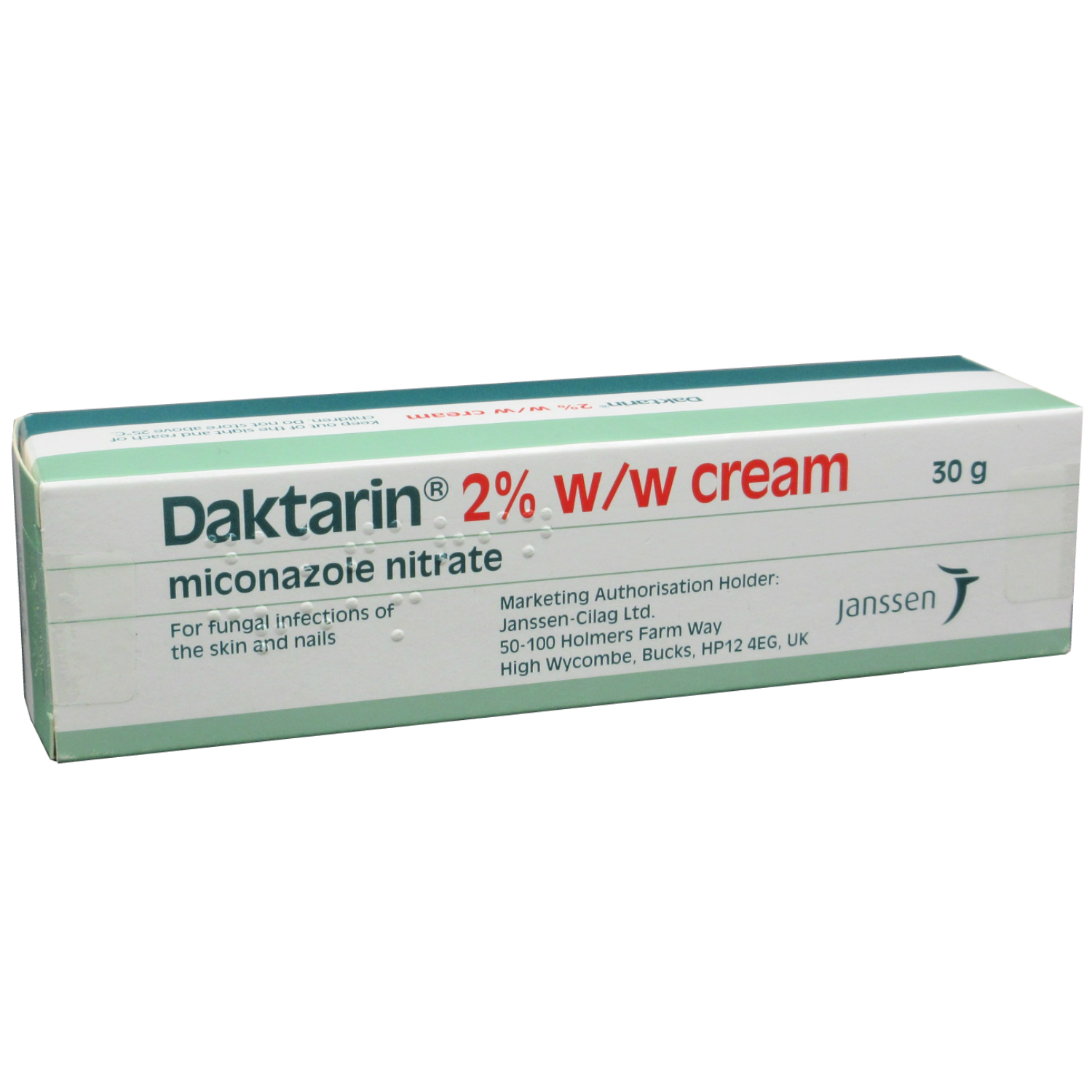
Daktarin Cream 2% | 3 x 30g Tubes | Home Health UK

Daktarin Oral Gel | Thrush Treatment | 1 x 15g Tube | Home Health UK
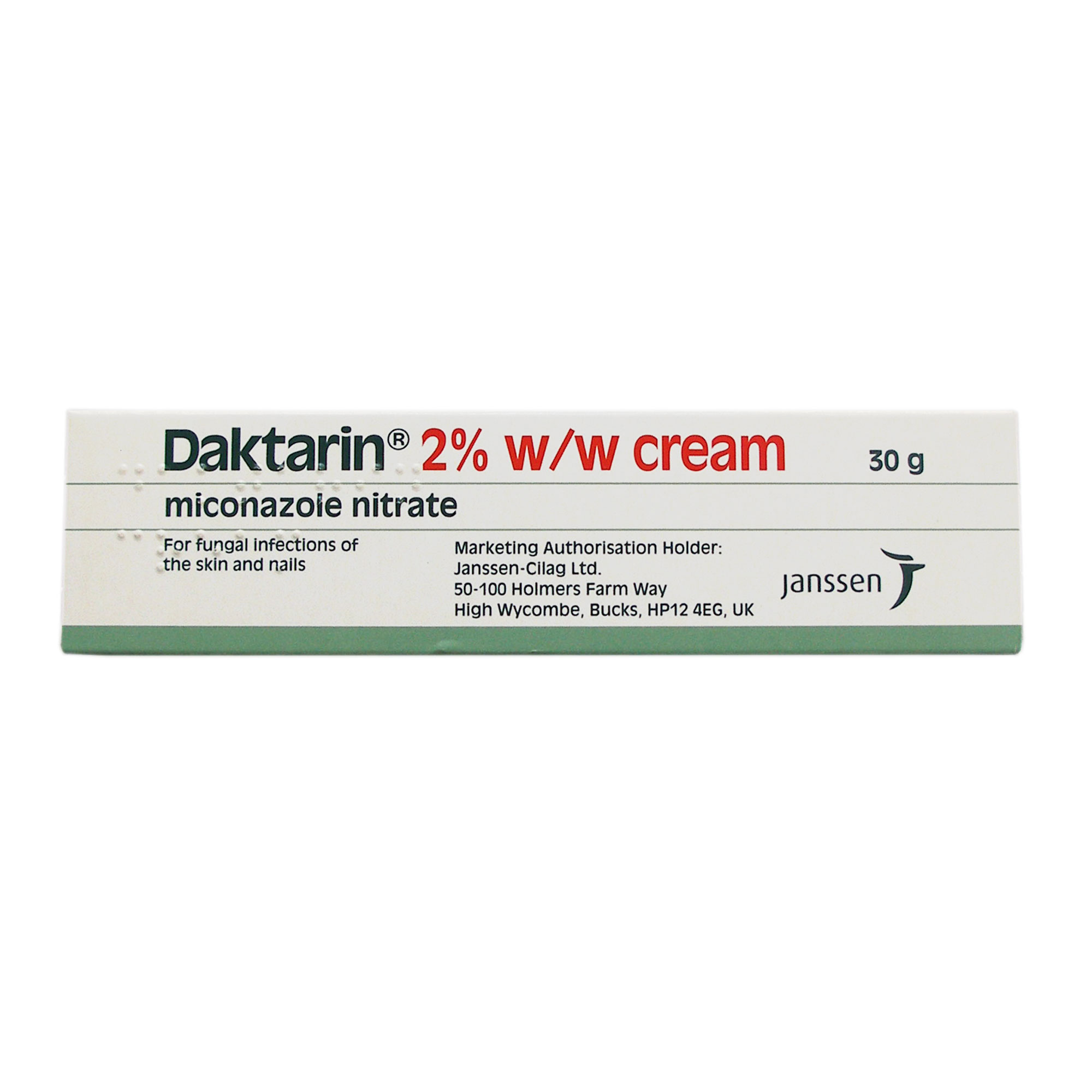
Daktarin Anti Fungal Thrush Athletes Foot Jock Itch Sweat Rash Cream - 30g 5012674021217 | eBay
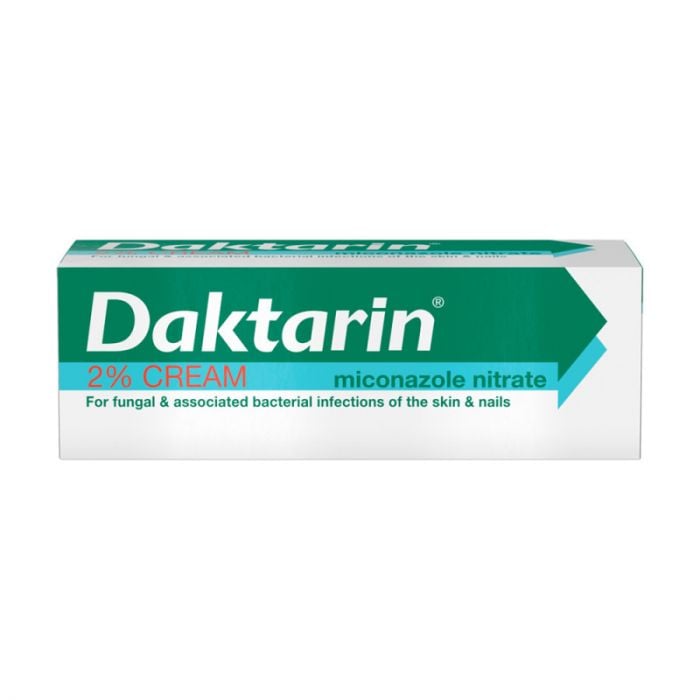
Daktarin Cream - 15g | Miconazole | For Fungal Infections | Chemist 4 U
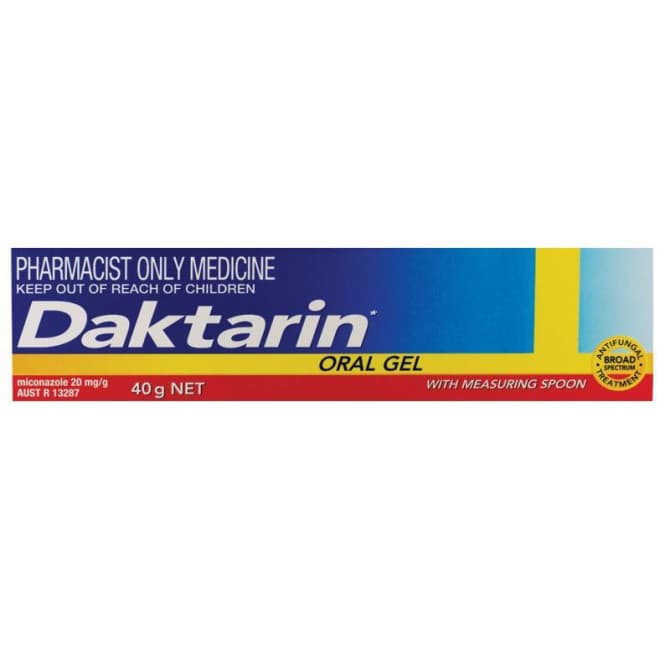
Buy Daktarin Oral Gel 40g Online | Pharmacy Direct

Shop Daktarin 2% cream 30g - Daktarin - Thrush & fungal infections | Rightdose Pharmacy
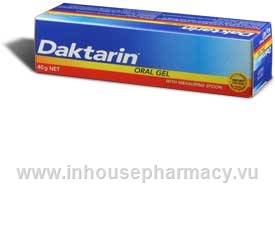
Daktarin Oral Gel - InhousePharmacy.vu
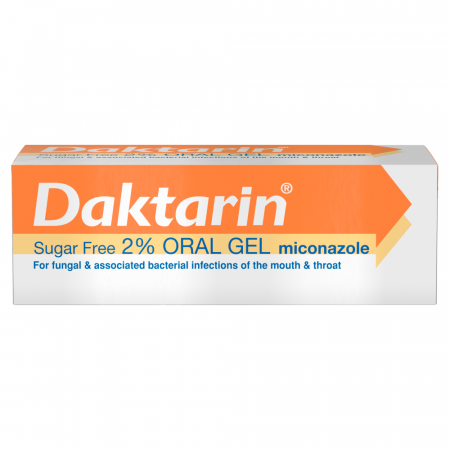
Buy Daktarin oral gel 15g, throat and mouth infections Online - My Pharmacy
Daktarin] Miconazole 2% Cream/ Oral Gel / Powder | Shopee Singapore

Daktarin 20 mg/g Oral Gel 40g | Inish Pharmacy | Ireland
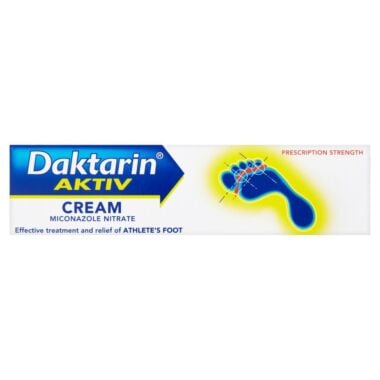
Daktarin Aktiv Cream 30g | Chemist 4 U

Baby Thrush Treatment Over The Counter - Druggist.Online

Daktarin cream (miconazole)

Symptoms & Treatment of a Yeast Infection on the Breast | katarinajaneckova.com
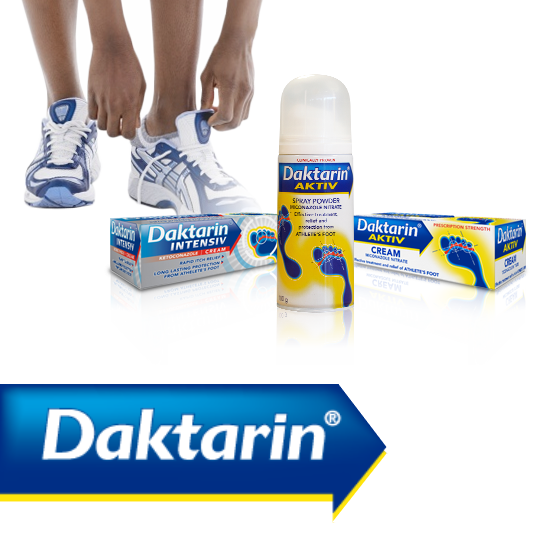
Buy Daktarin | For Athlete's Foot & Oral Thrush | Chemist 4 U

Daktarin 2% sugar free oral gel (miconazole)
/thrush-symptoms-5ae0a6f0ae9ab800373d8f23.png)
Thrush: Signs, Symptoms, and Complications

Daktarin 2% w/w 30g Cream – instant-pharmacy

How I Conquered The Dreaded Nipple Thrush | Megganmamma's Blog
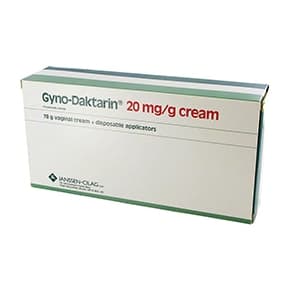
ᐅ Buy Gyno-Daktarin Online | Thrush Cream | HealthExpress UK
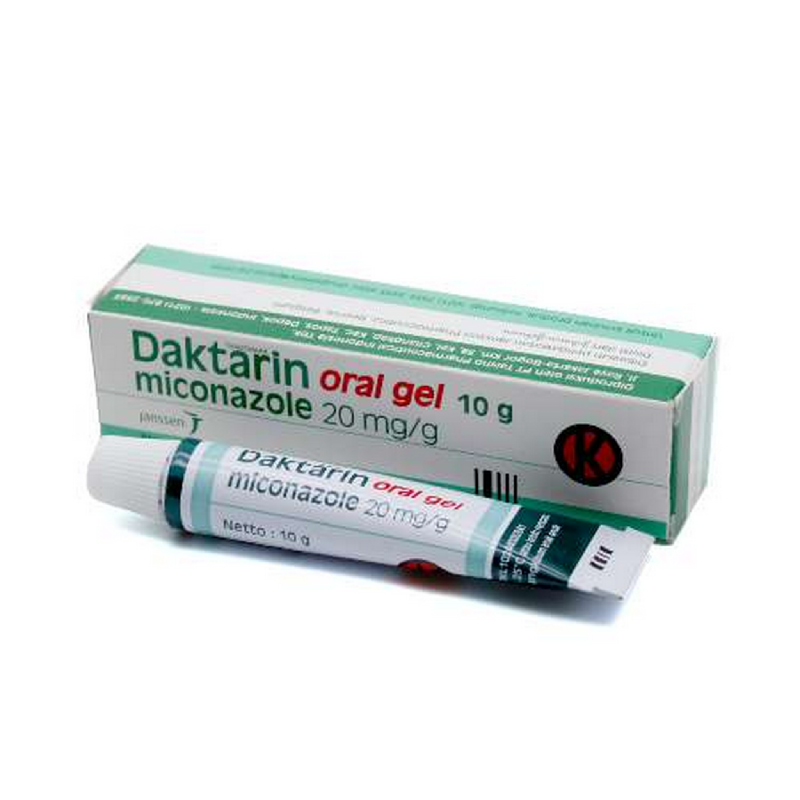
Daktarin Oral Gel - Fortune's Pharmacy | Treats Fungal Infections
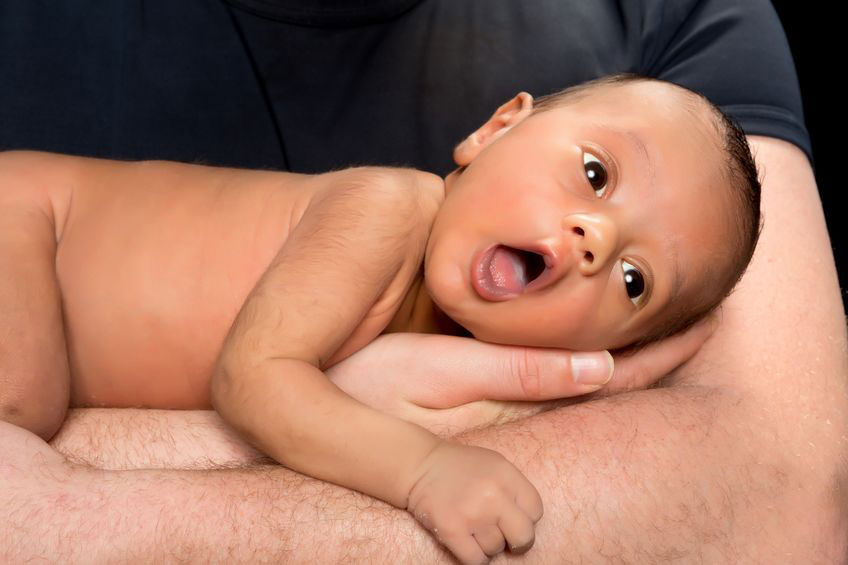
Thrush on Nipples - Breastfeeding Support
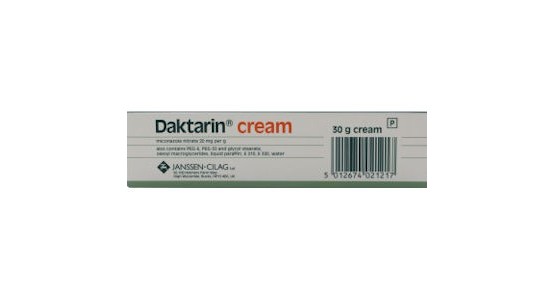
Daktarin Cream 2% 30g
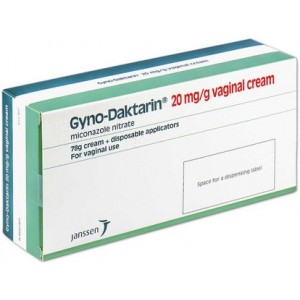
Buy Gyno-daktarin Online UK | Prescription Doctor
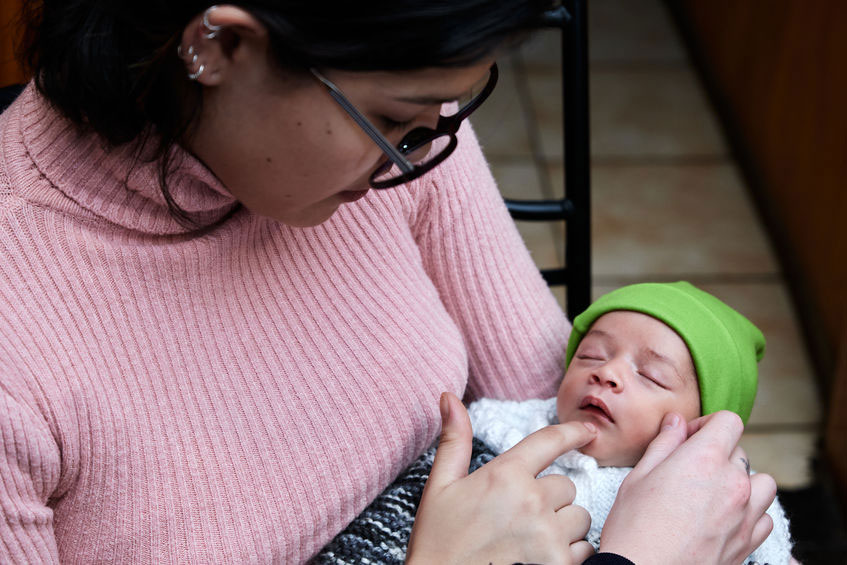
Thrush on Nipples - Breastfeeding Support
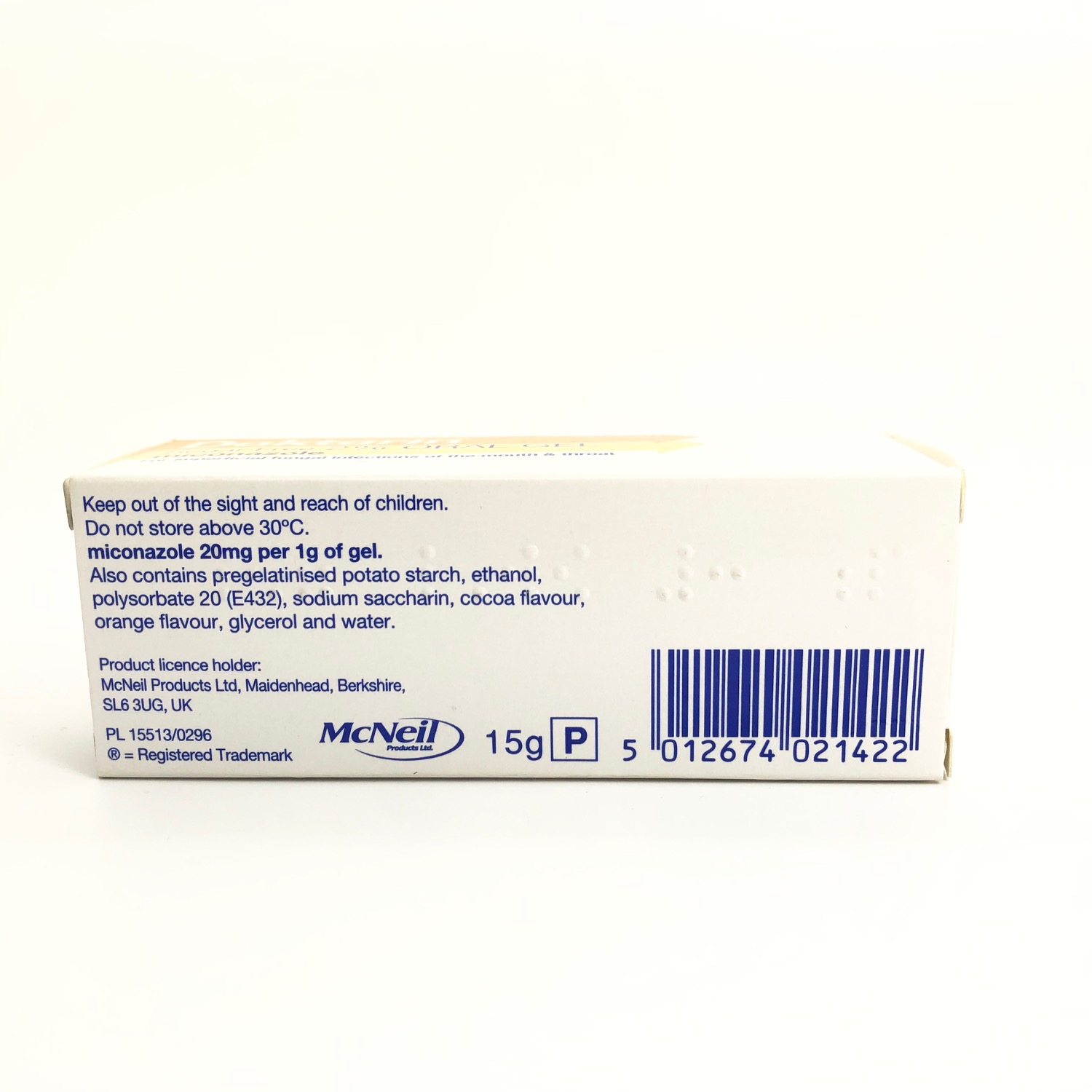
Daktarin Oral Gel | Thrush Treatment | 2 x 15g Tubes | Home Health UK
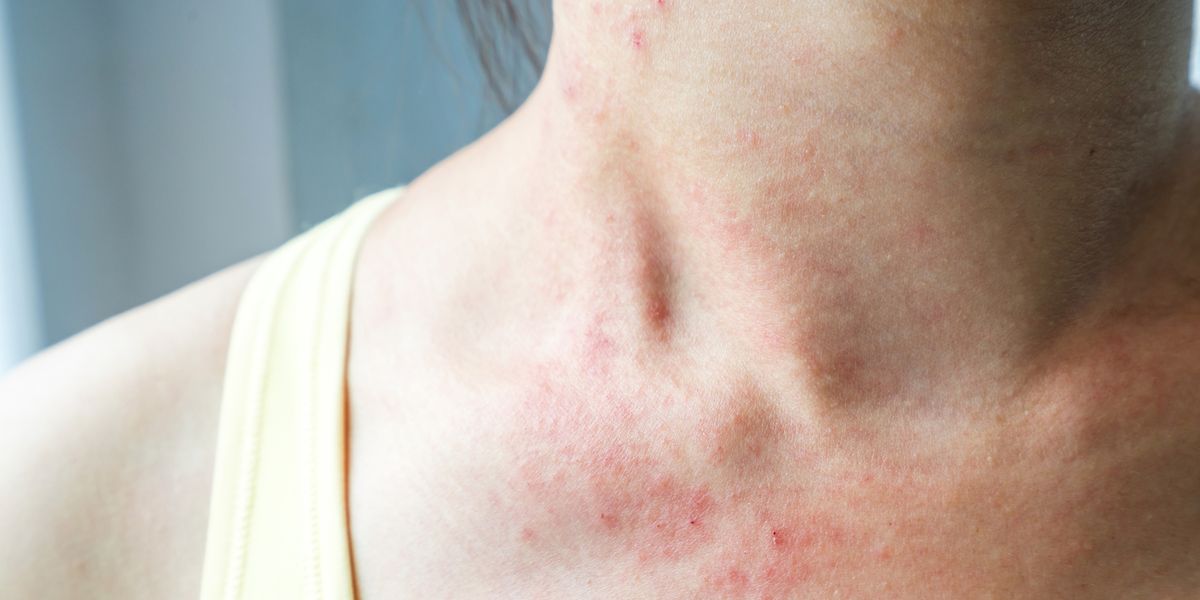
Daktacort (hydrocortisone, miconazole): uses and side effects

Daktarin Aktiv Cream 15g | Chemist 4 U

Buy Gyno-Daktarin Online, 20mg/g Cream, UK Pharmacy - Treated.com

Candida (thrush) infection of breasts - symptoms and treatment! -
Daktarin] Miconazole 2% Cream/ Oral Gel / Powder | Shopee Singapore

Yeast and Thrush | katarinajaneckova.com
DAKTARIN 2% CREAM 30G - Goatstown Pharmacy

Thrush on Nipples - Breastfeeding Support

Breast and nipple thrush (BNT; breast and nipple candidiasis; mammary candidiasis) | HealthEngine Blog
Posting Komentar untuk "daktarin cream for nipple thrush"